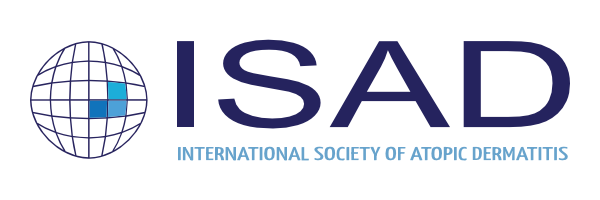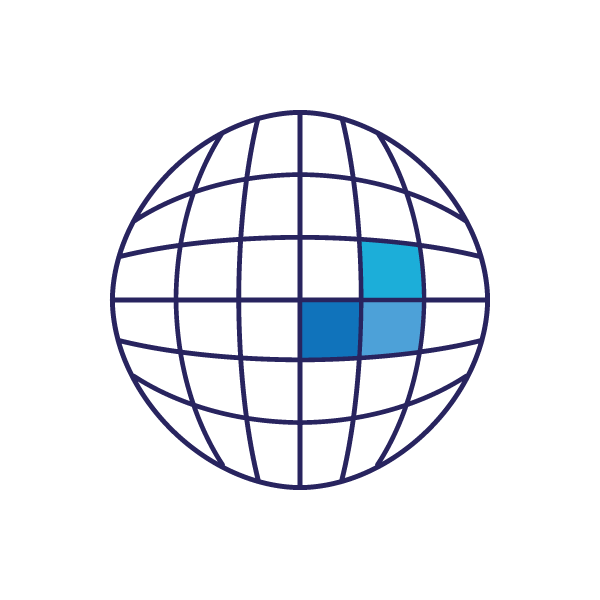SESSION 2 / New fields in AD: big data mining, AD in Sub-Saharan Africa, neuroinflammation
Garba MAHAMADOU (Lomé, Togo)
V Dorizy-Vuong, O Faye, CO Bagayoko, B Saka, P Pitché, A Taïeb.
Tele-AD project: overview
- Teledermatology in Sub-Saharan Africa
- Atopic dermatitis in Sub-Saharan Africa
- Tele AD Project: applications for AD management
Authors retain copyright.
Teledermatology procedures
Teleconsultation
- Live Video
- Telemonitoring, teleassistance, medical regulation
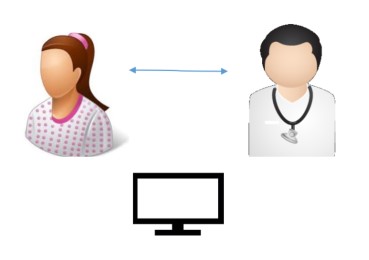
Teleexpertise
- Store and Forward
- Pictures/asynchronous
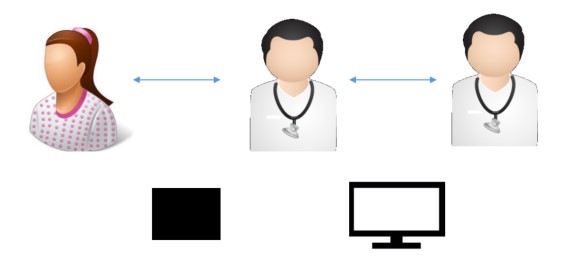
Teledermatology Programs
/projects in Africa
Multiple countries
- RAFT: 20 countries
- Africa Teledermatology Project: 12 countries
National Initiatives
- Ghana
- Mali: TelederMali©
- Mauritania
- South Africa
- Tanzania
- Togo
RAFT : Réseau en Afrique Francophone pour la Télémédecine
- French speaking african countries network in telemedicine
- « Supporting care professionals where they are most needed »
- Dudal (E- learning): Low-bandwidth distance education
- Interactive webcasting, 20-30 kbps bandwidth
- Bogou (Web/mobile based platform)
- Dudal (E- learning): Low-bandwidth distance education
- founded by the university of Geneva,
- 1000 health practitioners
- Cardiology (electrocardiograms), gynecology (discussing difficult cases)
- Teleechography, teleradiology, dermatology
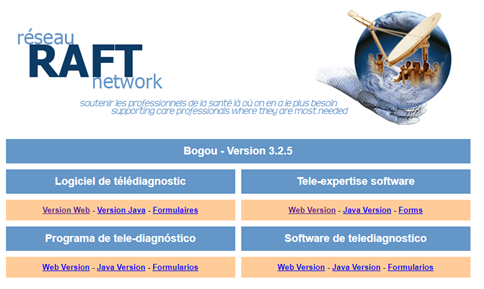
Africa Teledermatology Project (ATP)
- 12 countries : Uganda, Botswana, Malawi, Swaziland, Burkina Faso, Lesotho, Kenya, South Africa, Eritrea, Liberia, Mozambique, Nigeria, South Africa, Tanzania
- 1229 patients (2007-2013)
- Secure website or mobile phone 13%
- Response 1 week
- Online archive of tropical skin conditions
- Internet source of educational material for training and updating of medical specialists and health personnel.
- Secure an active channel and platform for dermatological research collaboration
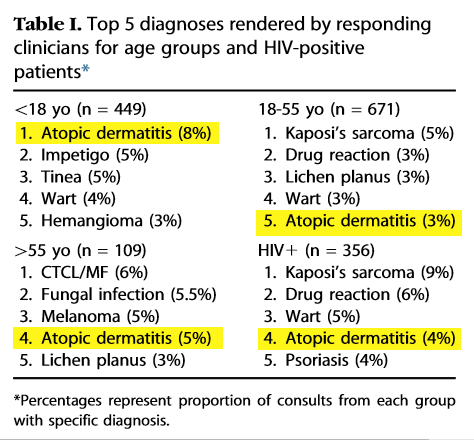
JAAD 2015 Lipoff et al.
TelederMali :
Pilot project in Mali, 2015-2016
- Subsaharan Africa (West Africa)
- 10 Primary health care center
- Modality: web based platform (Bogou), picture with camera then connection to a computer
- 180 patients
- Response of dermatologists delay 32h:
diagnosis and recommandations - Eczema: 13 % of all skin diseases
Faye O et al Trop Med Infect Dis. 2018
Frequency skin disease teledermatology
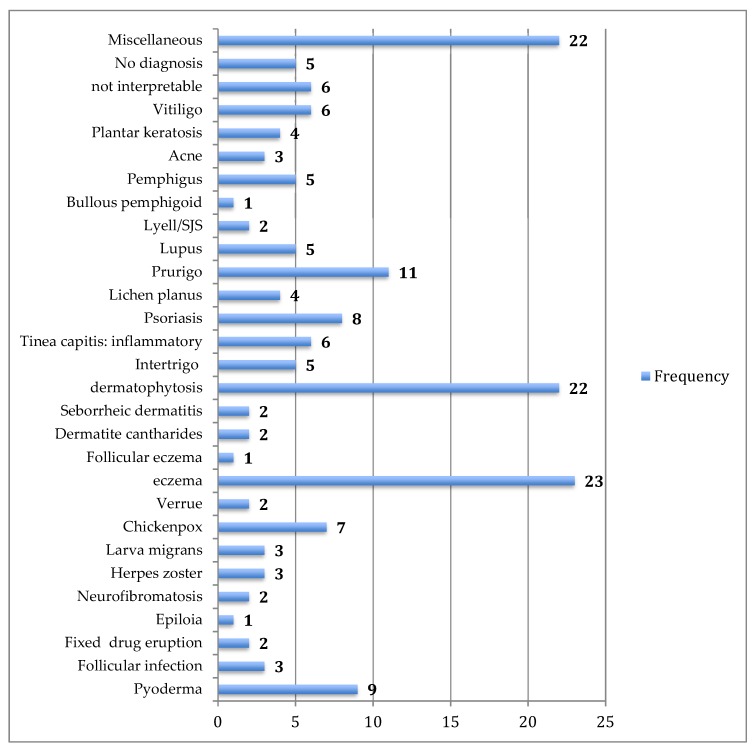
Skin disease in reference center of dermatology 2015
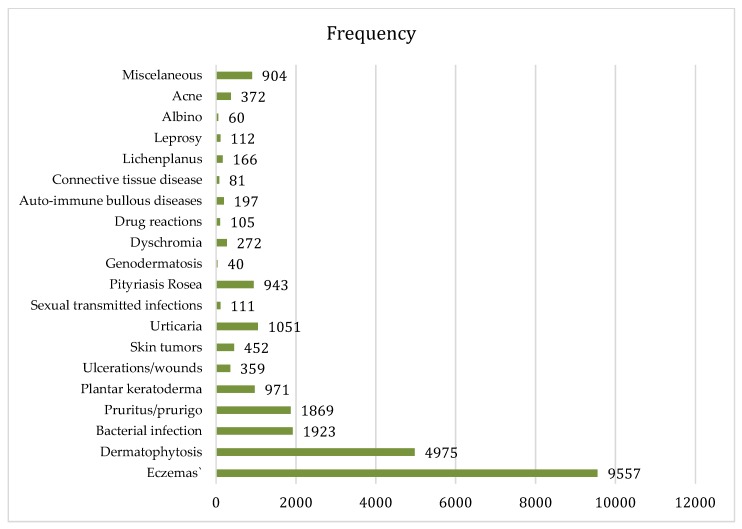
Ghana, Mauritania, South Africa, Tanzania and Togo
Web based platform
- Togo, Bogou
- Mauritania, National program of telemedicine
- South Africa,
- Ghana, Mobile platform, ClickDoc and ATP
Teleconferencing/mailing
- Tanzania (RDTC) and Switzerland (Zurich)

AD in Africa, Current difficulties
Difficulties of diagnosis
- Access to dermatologist in primary health care/distance/lack of dermatologists: 1/ 500,000 to 1 million (ideal ratio of dermatologist 1:30,000*)
- Difficulty of diagnosis of non dermatologist: delay in diagnosis
- Allergic test not available
Difficulties of access to treatment
- Access to emollients and corticosteroids : quality? Financial accessibility? Pharmacy avaibility
- Not available: calcineurine inhibitors, immunosuppressants, biotherapy
- Compliance: anaphalbetism, incorrect application of the cream (quantity, duration, adverse effects)
Difficulties of follow up:
- Long term follow up: chronic disease
- Lost to follow up patient
- No therapeutic patient education
- Impact of traditional medicine in chronic dermatosis
- Religious/social mysticism for chronic dermatosis
*Gaffney R (2015) Global teledermatology
Geneva Workshop roadmap
- AD:
- one of the most common inflammatory dermatological diseases in primary, secondary and especially tertiary care in SSA.
- significant emerging public health problem in SSA.
- International health organizations, Foundations, international learned societies (WHO, IFD, ISAD) should encourage and support studies on AD in Africa for better recognition.
- Participants agreed:
- difficulties in diagnosis and treatment of AD, lack of medical infrastructure, in particular, trained primary care workers and certified dermatologists.
- need to develop telemedicine in order to compensate for the low number and uneven distribution of dermatologists.
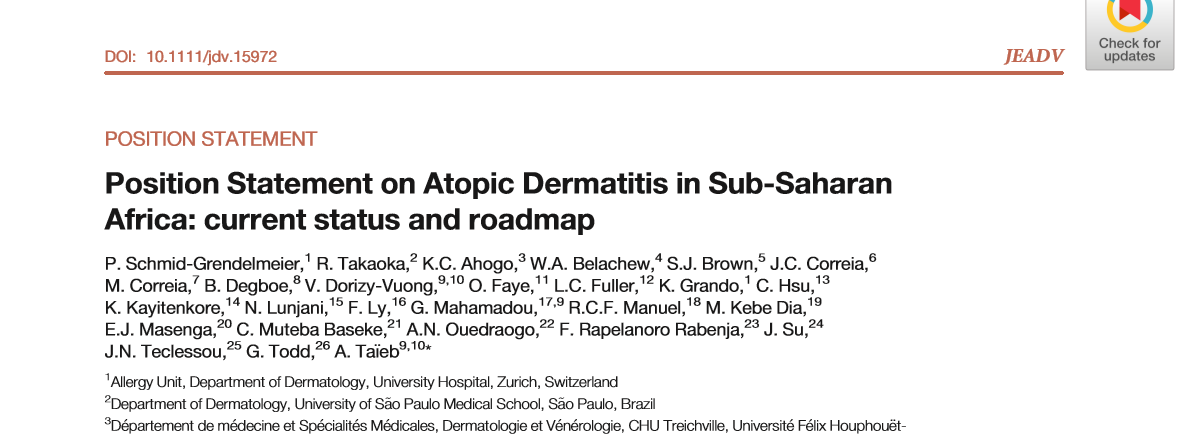
Tele-AD
Connecting Derm specialist and primary health workers
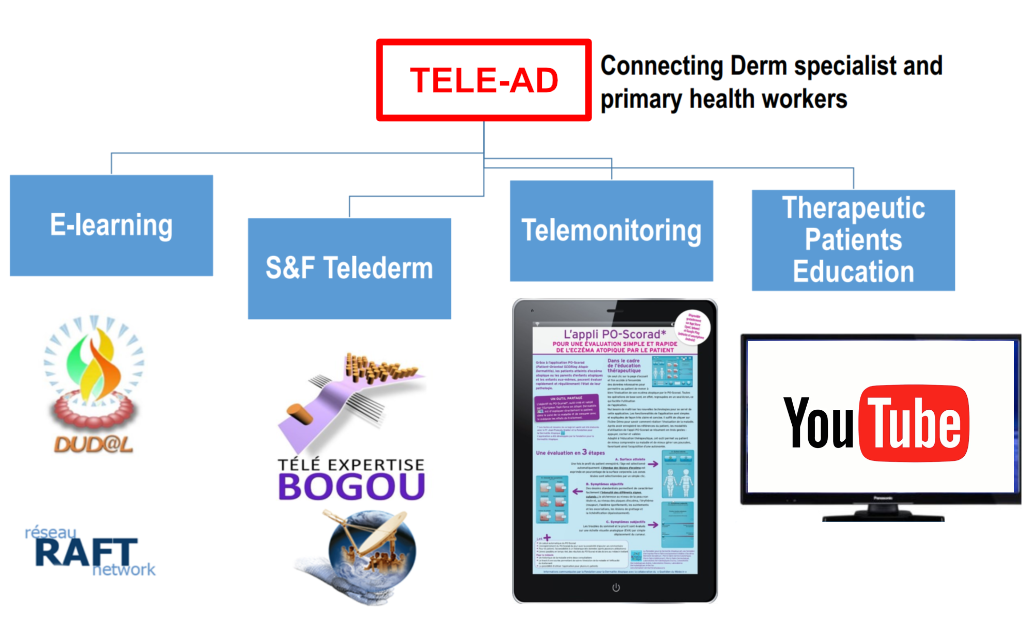
E-Learning
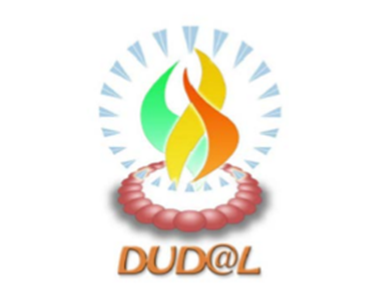
- Prerequisites:
survey on AD in Cameroon (Kouotou BMC Dermato 2017) and Togo - Methods:
- Initial and in-service training programme oriented towards AD.
- Describe the diagnostic criteria of the disease, the procedure for using the digital tools of the programme.
- Produce a normative good clinical practice guide.
- Collaboration with CYBERDERM
- Expected outcome
- Trained health professionals will be able to recognize and manage AD.
Store & Forward Teledermatology
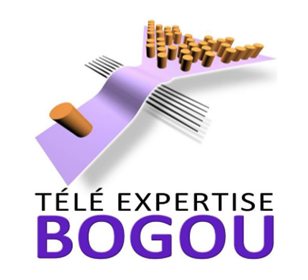
- Method:
tele-expertise platform (clinical history + photography) - Expected results:
- Definition of simple diagnostic criteria adapted to the primary care setting.
- Epidemiology of AD (morbidity, mortality) and defined severity spectrum.
- Diagnostic time will be shortened and quality of care increased.
Telemonitoring
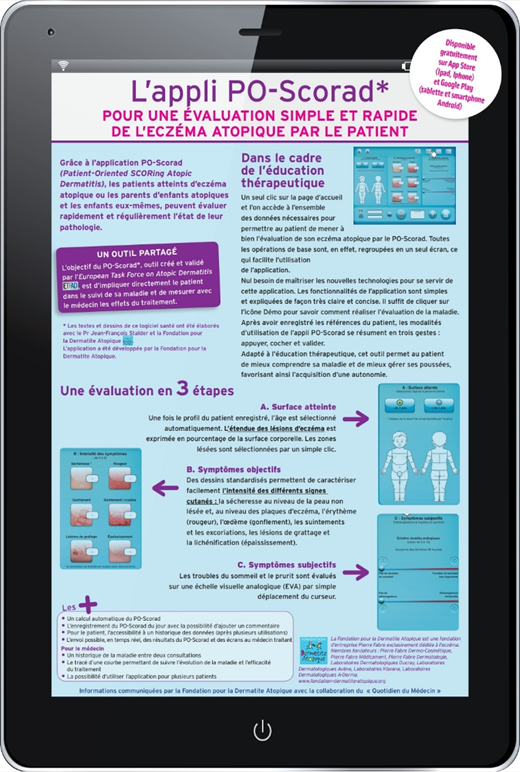
- Prerequisites:
training in the use of PO SCORAD (Eczema Foundation) - Methods:
- Self-assessment of AD under the guidance of professionals in charge of long-term follow-up.
- Simple cases handled in primary structures and complex cases included in a system of referral and sorting of requests by tele-expertise.
- Expected results:
- Better follow-up of AD patients
- Long journeys avoided
Therapeutic Patient Education
- Prerequisite:
development of contents in different languages by local experts (sensibilization messages). - Methods:
- YouTube channel / field animations,
- Field visits with mobile teams,
- SMS phone alerts.
- Expected results:
- Improving compliance and quality of life
- Therapeutic success in patients
Where are we now?
- Writing a comprehensive guide for AD in SSA
- ATOPY TV for TPE
- Bogou in use
- Dudal in use, collaboration with CYBERDERM (Peter SCHMID)
- PO SCORAD: adaptation, online training with Eczema Foundation is developed
Conclusion
- Increase access to quality care services for patients in any situation in which there is a barrier to receiving treatment.
- Project threats:
- Access: cost of equipment, quality of internet
- Resources (finance), stakeholders engagement
Ask questions to Garba MAHAMADOU:
[contact-form-7 id=”3756″ title=”Ask question LIVE”]
Conflict of interest : none
